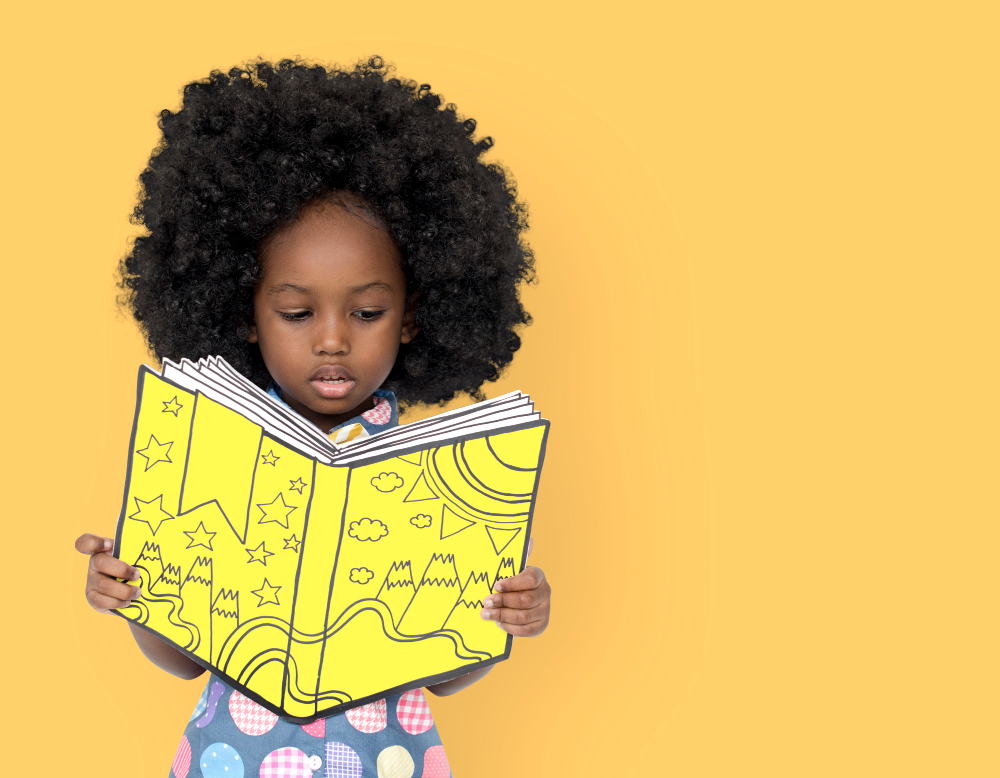Mastering Blending with Happy Ladybird: A Phonics-Focused Approach to Reading
At Happy Ladybird, we are passionate about guiding children through the exhilarating journey of learning to read. In our previous discussion, we delved into the concept of blending — the art of bringing together two or three sounds and saying them quickly to form words. Blending is the cornerstone of phonics-based reading, and at Happy Ladybird, we’ve found an effective way to introduce this to young learners: Jolly Phonics.
Why Jolly Phonics?
Jolly Phonics is a systematic, phonics-based approach to teaching reading, and it aligns perfectly with our goal of making reading an enjoyable and successful experience for children. What makes Jolly Phonics stand out is its ability to help children start blending even when they know just a few sounds. This method is structured around groups of sounds, allowing children to begin blending with as few as three sounds.
The Power of Starting Early
The advantage of starting blending early cannot be overstated. By introducing children to the concept of blending with even just three, four, or five sounds, we’re laying a solid foundation for their reading skills. It’s about giving them the tools to start forming words and gaining confidence in their ability to read from an early stage.
The Role of Flashcards in Learning
At Happy Ladybird, we love using flashcards as a teaching tool. They’re versatile and effective, particularly when it comes to introducing and reinforcing sounds and blending. Let’s take an example: consider the sounds ‘r’ and ‘p’, both part of the first group in Jolly Phonics. We present these sounds to the child using flashcards.
A Practical Demonstration
The process is interactive and engaging. We ask the child to count the sounds (in this case, two) and then identify each sound individually. Once they recognize ‘r’ and ‘p’, we blend them together to form a word, like ‘app’. Even though ‘app’ isn’t a real word, the exercise is invaluable in teaching them the mechanics of blending.
This method not only reinforces their understanding of individual sounds but also demonstrates how these sounds come together to form words. The beauty of this approach lies in its simplicity and the joy it brings to children as they begin to decode words on their own.
Conclusion
Blending is a skill that opens up the world of reading to children. By using Jolly Phonics and flashcards, we at Happy Ladybird ensure that this journey is filled with excitement, discovery, and success. Remember, every child’s journey to reading fluency is unique, but with the right tools and guidance, it can be a rewarding adventure. Stay tuned for more insights and tips on early literacy from Happy Ladybird.

